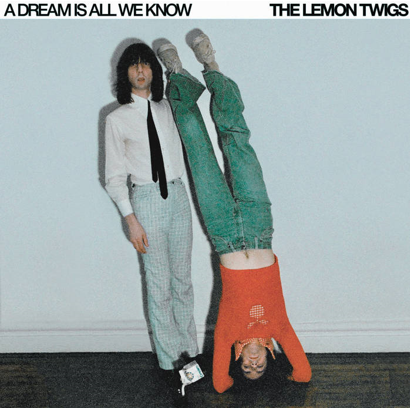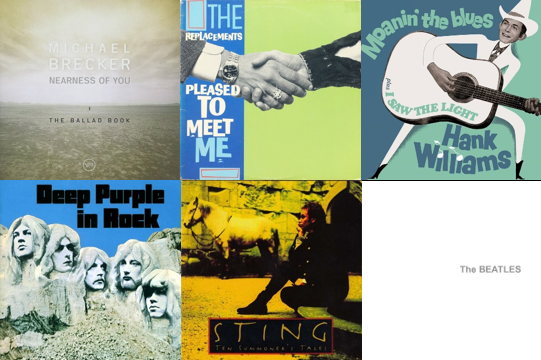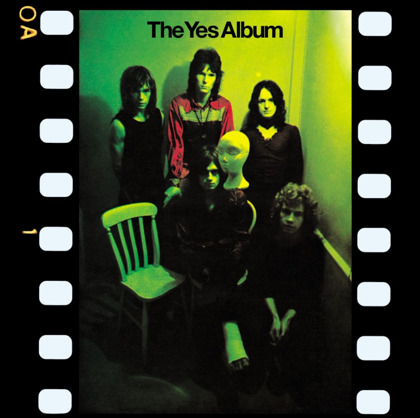The Lemon Twigs were instant love when I first came across them in August 2020: Catchy power pop with flavors of baroque pop, classic rock and glam rock, delivered in perfect vocal harmony, and all of it with neat vibes from the ’60s and ’70s. When learning earlier this year they would come out with a new album, I was full of anticipation. A Dream Is All We Know dropped last Friday, May 3, and it’s sweet ear candy.
Behind the group from Long Island, N.Y. are 24-year-old Michael D’Addario and his two-year older brother Brian D’Addario. The multi-instrumentalists, who gained significant stage experience as children, formed The Lemon Twigs in 2014 when they were still in high school. Their first release was a cassette, What We Know, issued as a limited edition in 2015. This was followed by debut studio album Do Hollywood from October 2016. A Dream Is All We Know already is their fifth album – remarkable for artists who are still in their mid twenties!

The group’s Bandcamp page notes A Dream Is All We Know, which comes one year after predecessor Everything Harmony, was made in the brothers’ recording studio in Brooklyn. Between Brian and Michael, they played nearly all instruments on the album (electric and acoustic guitar, mandolin, keyboards, strings, horns, bass, drums), swapping instruments and layering all tracks on top of each other. They also handled mixing and production.
The main exception to the above is the song In The Eyes of the Girl, which was co-produced by Sean Ono Lennon in his upstate New York studio. Lennon also played bass on the song’s recording, while the brothers handled drums and piano and, of course, added their incredible vocals. Another song, Ember Days, features some additional musicians: Otis Harriel and Yuri Kye (violin each), Rachyl Martinez (viola), Doug Machiz (cello), Daryl Johns (upright bass) and
Andres Valbuena (drums).
Time for some music! Since I already previously covered the magnificent opener My Golden Years here, I’m skipping it and go right to They Don’t Know How to Fall in Place. On their Bandcamp page The Lemon Twigs characterize the song as “bubblegum paradise with its euphoric harmonies and biting clavinet.” I would say it’s a blend between The Beatles and The Beach Boys. Whatever you want to call it, it sounds gorgeous.
Here’s the album’s title track. The Lemon Twigs call it “an existential space age epic.” BTW, just like the previous clip, the official video projects the brothers’ sense for theatrics – likely not a coincidence, given their childhood experience with Broadway performances and Michael’s appearances in a variety of TV shows and films.
In the Eyes of the Girl is the song that sealed my decision to write a review of the album. If you would have told me this gem was written by Brian Wilson, I would have bought it. In fact, I’d be curious what he thinks about it. As noted above, Sean Ono Lennon played bass and co-produced the song.
How Can I Love Her More? is another neat song I covered in my latest weekly new music review, so I’m skipping it here as well. Instead, here’s Peppermint Roses, which features a cool-sounding Farfisa organ and beautiful Beatle-esque harmony singing.
The last track I’d like to call out is the album’s closer. Aptly titled Rock On (Over and Over), the song is a nice rock & roller. As the album’s only such song, it provides a nice contrast to the other 10 tracks.
The Lemon Twigs sound like they would be fun to see live. And, as it turns out, I just missed them, in Jersey City where they played Saturday night – better luck next time! In case you’re interested in catching them, their next gigs are in Raleigh, N.C., tomorrow, May 7; Charleston, S.C., May 9; and Sandford, Fla., May 10. Their full current touring schedule is here.
Last but not least, I’m leaving with a Spotify link to the album. Hope you like their music and check it out.
Sources: Wikipedia; The Lemon Twigs Bandcamp page; The Lemon Twigs website; YouTube; Spotify











